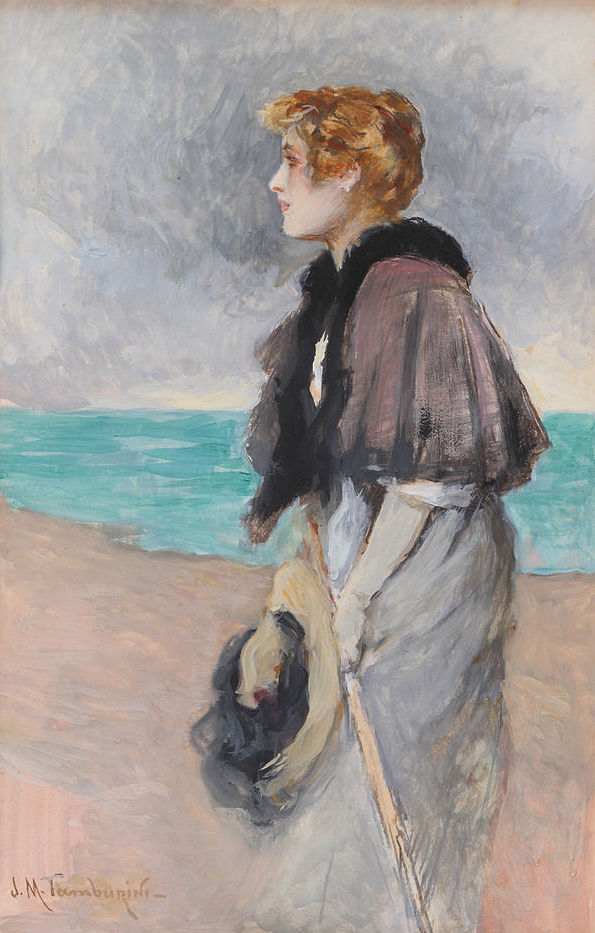Gouache, also known as bodycolour, is an opaque watercolour in which the pigments are bound together by a glue such as gum arabic or dextrin to form a sort of paste; lighter colours are achieved by mixing with white paint,[1] or a pigment such as Chinese white, chalk or marble dust.[2] It is a more forgiving medium than watercolour, as its opacity means that mistakes can be painted over. The paints sold as poster paints are usually a form of gouache.[1]
Gouache produces a flat, matt, even colour, and can be considered an evolved form of temperaTerm applied to any paint in which the pigment is dissolved in water and mixed with an organic gum or glue., in which the binding agent is usually egg yolk rather than glue. Although the term in Western art is often associated with the introduction of tempera painting during the medieval period, Ancient Egyptian wall paintings and Indian miniatures display very similar characteristics.[2]
The term gouache is derived from the Italian guazzo, meaning “mud”.[3]

